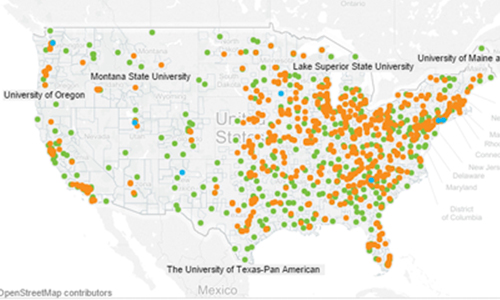White paper
A path to completion? The impacts of statewide articulation agreements on enrollment and attainment
2019

Description
The United States (US) is faced with a crisis in college completion as states are increasingly depending on a highly skilled and educated workforce (Falconetti, 2009; Long, 2005; Perna & Finney, 2014). This crisis is not solely the result of too few students enrolling in college, but also that students who enroll do not complete their educational journey. It is estimated that over 31 million students over the last 20 years have enrolled in but not completed post-secondary education (Shapiro, Dunbar, Yuan, Harrell, Will, & Ziskin, 2014). As a result, states are exploring policy options to increase the number of graduates through increasing enrollments and reducing the number of students who leave school prior to earning a degree. One way that states are addressing the need to increase the number of graduates is to create streamlined pathways through the post-secondary landscape. These pathways create policies around the transfer of credits and credentials between institutions. These sets of policies that tie public two-year and public four-year institutions together are known as articulation agreements. This study measures the effect of adopting statewide articulation agreement policies on college enrollment, associate degree attainment, and bachelor’s degree attainment using data from the Integrated Postsecondary Educational Data Systems (IPEDS). The effects of articulation agreements on the specified student outcomes are estimated using a Difference-in-Difference (DiD) approach.
See MoreTopics: College & career readiness







